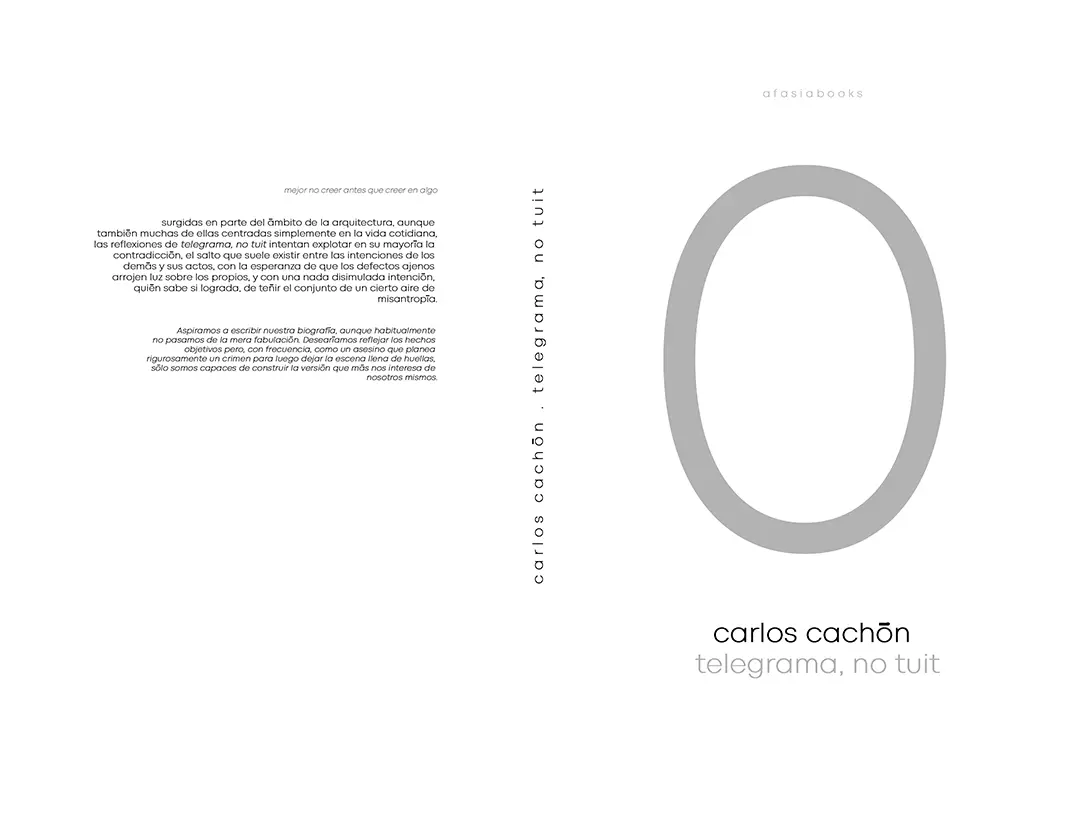design team: Carlos Soria Vallecillo . Federico del Río Molina . Ernesto Urquízar Quesada
Architecture is not just a sort of discipline searching for a correct design but a way of solving real society problems through a cultural identity. This way, thanks to this ICCC competition we are trying to solve several problems which have been taking places in our city, Granada, specifically in the most well-known historical neighbourhood, the Albaicín.
_
The Ouarter of the Albaicin, declared Patrimony of the Humanity by the UNESCO, is suffering a complicated ageing that is progressivily leading people to leave the neightbourhood and tangentia lly a reduction of services considered essential which are affecting, above ali, to the old people who have grown up there. Albaicin is populated by 16821 habitants and is the zone of the city
which is suffering the biggest ageing within Granada, which is, further, the city of Andalucia with the highest rate of ageing, more than 18 percent of the inhabitants. This problem, added to the already original situation of the neighbourhood, which is virtually isolated from the city, and the reduction of services arising from the crisis have caused a loss of quality of life for the old people, increasingly more isolated from society.
Our proposal aims to solve all of this problem by taking advantage from the prime location of the neighbourhood, placed on the foothills of the Alhambra, thanks to a building whose goal is just ge nerate a mixed use center where all the people in Albaicin can be part of a new way to understand the neightbourhood, where visitors can be guided by all of that old people who know better than any other the history and the legacy of the city. But not only as a contribution but a kind of symbio sis between old and new generations, in order to enhance young people to recolonise the quarter.
This way, the project works as a sleeping volume along the river Darro, trying to develope a paralell broadwalk which is going to offer a lot of services to locals and visitors. As a paradigm of accessi bility the building joins the old Puerta de los Tableros with the former Hotel Puerta de la Alhambra, leaving aside the road traffic and creating a nice experience as a complete overview of all the river side and the neighbourhood. All the program is developed like a open-plan where all the uses are mixed, trying to create a lot of possible situations where all the people can contribute. So the buil ding concentrates differentes uses as a service of shuttle bus to connect the Vega with the crops are going to be cultivated in the vegetal roof, recovering an essential part of the legacy of Granada and the old people, who are going to have the opportunity not only of cultivating this crops but to create a relationship with visitors and young people. Under this roof all the uses of the project take place; a service of child care where old people can take part and share knoledge with new genera tions while young families of the neighbourhood are working, a social point where visitors can start their joumey by receiving a good source of information by local old people, who can be guides as well, a social canteen which is going to solve the problem of poverty situation is suffering a lot of old people, without forgetting all the culture activities which can take place in this open area.
All the building is solved by a concrete slab which support the vegetal roof that works as well as a regulator element of temperature and humidity conditions. The project tries to solve a very mix and different program without creating any conflict with the surrounding environment.
A new broadwalk to take back the Ouarter to the old people.
_
ICCC INTERNATIONAL STUDENT DESIGN COMPETITION 201 6 CYCLE
proposa1_WE ARE all old ALBAICIN















